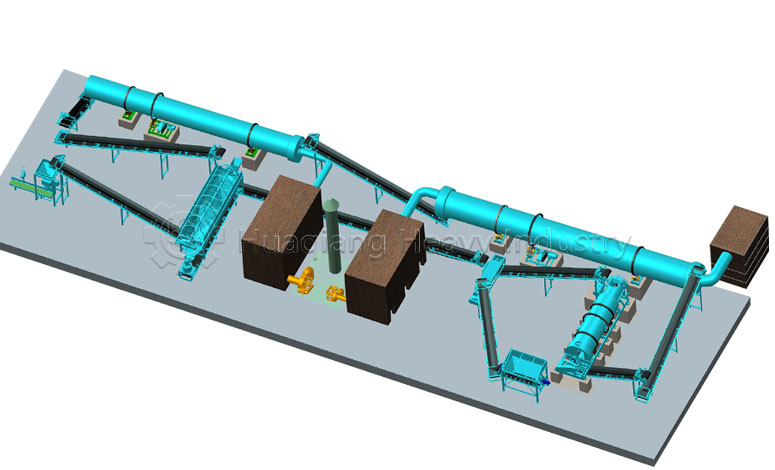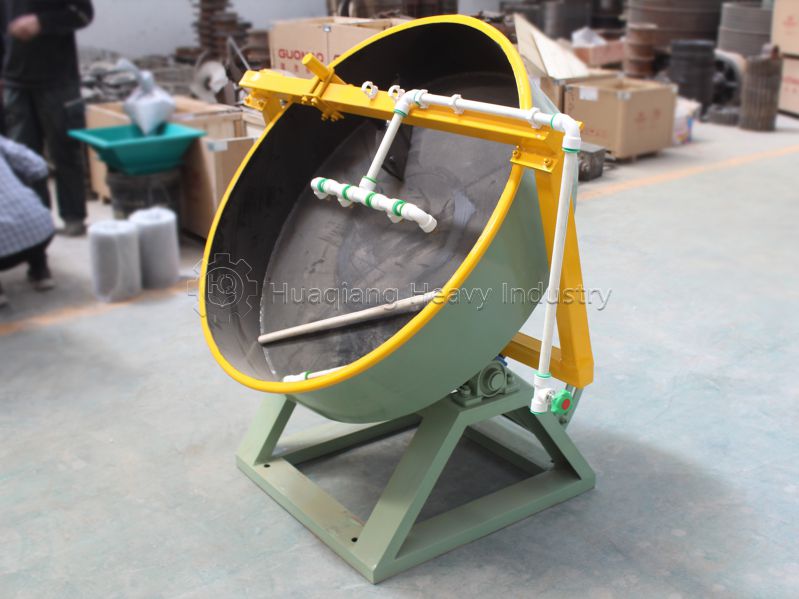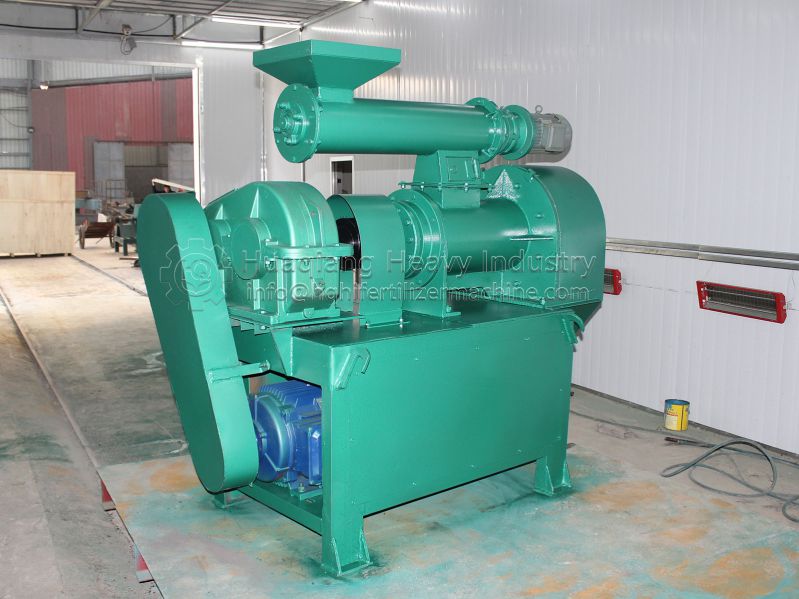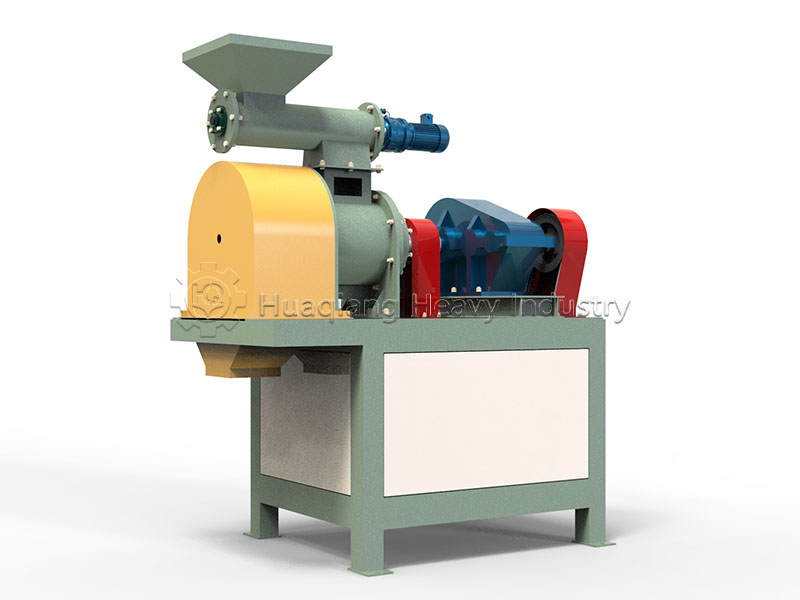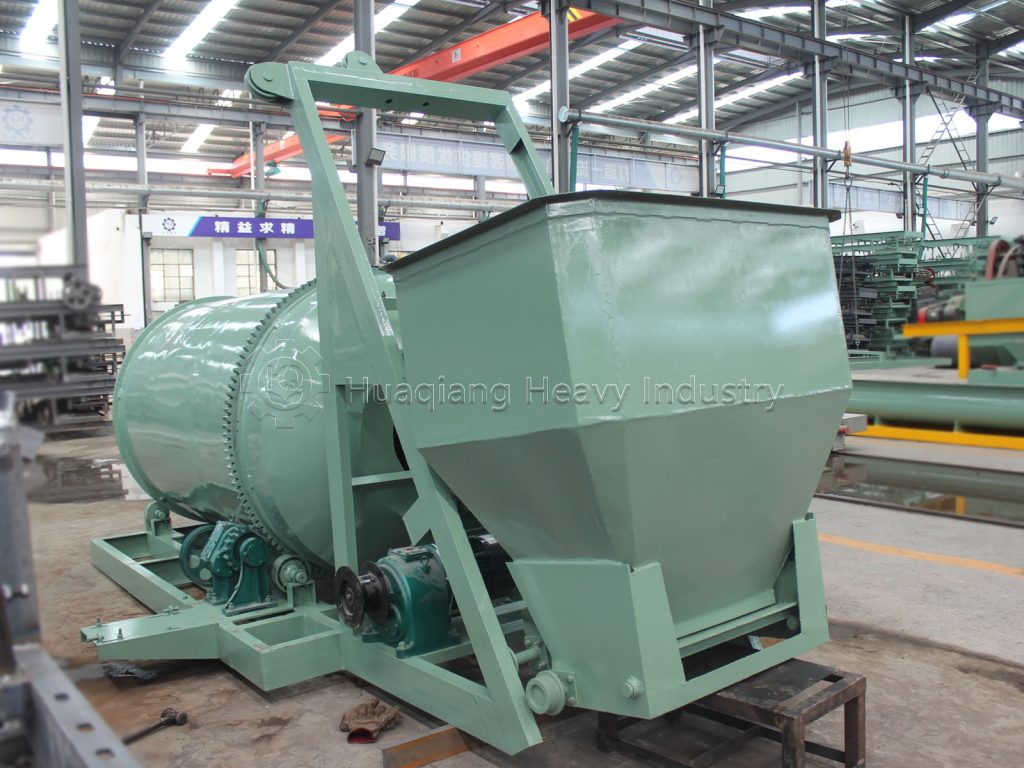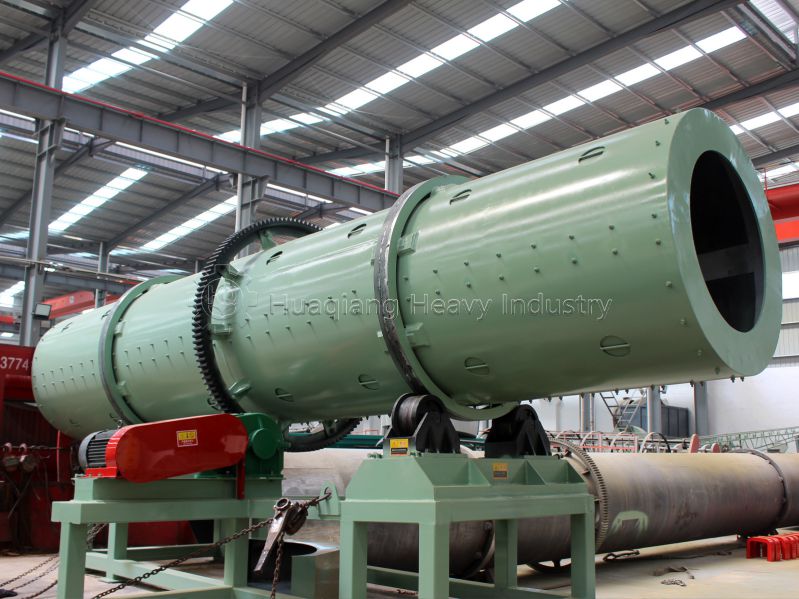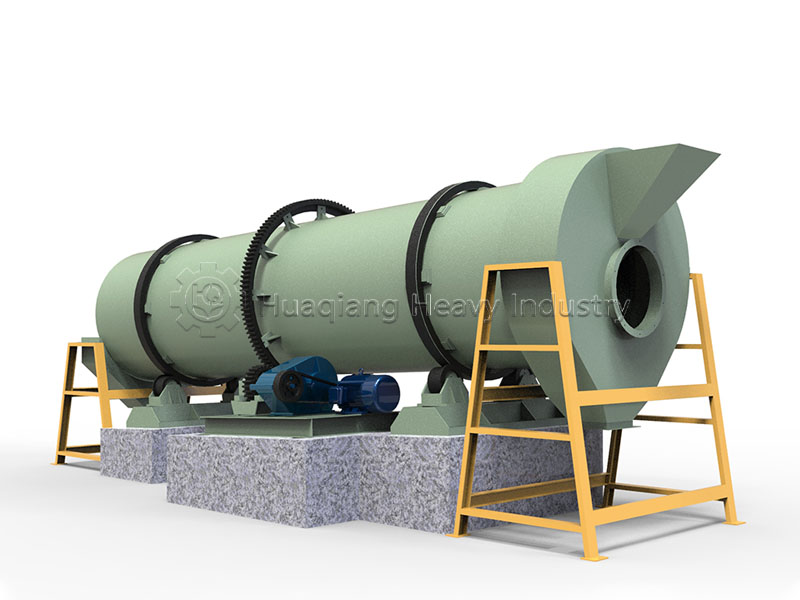Integrated Technology: NPK Fertilizer Granulator • Disc Granulator • NPK Production Process • NPK Mixer • Twin-Roller Granulator • Granulation Technology

In the modern granule manufacturing arena, the disc granulator is a magician, transforming ordinary powdered materials into perfectly spherical granules. This specialized NPK fertilizer granulator achieves this magical effect by using precisely tilted rotating discs to create a tumbling motion. This natural process of capillary action and surface tension gradually aggregates fine powders into uniform spheres.
In the comprehensive NPK fertilizer production process, the disc granulator plays a vital role following the NPK mixer, ensuring a precise nutrient formulation. This powerful combination enables continuous operation, feeding the mixed material directly into the granulator, creating an efficient production line that maintains formula integrity while achieving optimal granule morphology, enhancing nutrient delivery and reducing dust pollution.
In terms of technology comparison, disc granulators and twin-roller granulators share the same goal: transforming powders into granules in the NPK fertilizer production process. However, they achieve this through different mechanisms—disc granulators use centrifugal force and tumbling action to form spherical granules, while twin-roll granulators utilize mechanical pressure between two counter-rotating rollers to form compacted, flake-like granules, which are then crushed and screened into uniform particles.
The true magic of the disc granulator lies in its ability to produce consistently round granules with structural integrity, making it particularly important for producing high-quality fertilizers with controlled-release properties and reduced caking tendency throughout the production and distribution process.

The Art of Granulation
At the heart of the disc granulator is a rotating disc with adjustable tilt angle. When materials enter this “magic stage”, a delicate dance begins:
· Centrifugal force throws materials toward the disc edge
· Gravity constantly pulls them back to the disc bottom
· Water spray system adds mist or binder like “adhesive” for the dance
“Just like rolling a snowball, small particles gradually grow during continuous rolling, eventually forming perfect spherical granules.”
This dynamic balancing act allows material particles to undergo a gorgeous transformation from powder to granules under the combined action of friction, centrifugal force, and gravity.
Simple Yet Extraordinary Design
The disc granulator’s structure embodies “the beauty of simplicity”:
· Core Disc: Adjustable tilt angle (typically 35-55 degrees) and rotation speed (5-25rpm)
· Smart Spray System: Precisely controls moisture addition to ensure granule quality
· Sturdy Frame: Supports stable operation of the entire system
This seemingly simple design produces astonishing results: the granules not only have perfect sphericity but also excellent strength, fully meeting stringent industrial requirements.
Unparalleled Advantages
Compared with other granulation equipment, disc granulators show unique charm:
· Low Energy Consumption: Only 60-70% of similar equipment
· Strong Adaptability: Can process various materials from mineral powder to organic matter
· Easy Operation: One person can easily operate the entire system
· Low Maintenance: Simple structure with extremely low failure rate
These advantages make disc granulators the preferred choice in fertilizer, metallurgy, chemical and many other industries.

